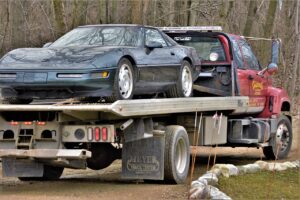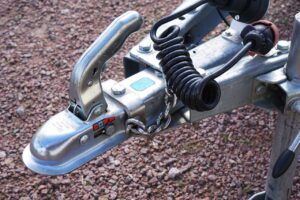In the competitive landscape of automotive and electronics manufacturing, optimizing wire harness design is essential for reducing costs and increasing production efficiency. A well-designed wire harness not only ensures the reliable operation of electrical systems but also contributes to the overall cost-effectiveness and manufacturability of products. Here are the best practices in wire harness design that can help manufacturers save costs and enhance efficiency.
Simplify the Design
Minimize Complexity: One of the fundamental ways to reduce costs and increase efficiency in wire harness design is by minimizing complexity. This can be achieved by reducing the number of wires and connections, using multi-function wires where possible, and optimizing the layout for a straightforward assembly process. A simpler design reduces material costs, manufacturing time, and potential points of failure.
Standardize Components
Use Common Parts: Standardizing components across different models or projects can lead to significant cost savings. By using common connectors, terminals, and wire types, manufacturers can purchase materials in bulk, benefiting from economies of scale. Standardization also simplifies inventory management and can speed up the assembly process.
Opt for Modular Design
Enhance Flexibility: Modular wire harness design, where the harness is divided into sub-assemblies or modules, offers several advantages. It not only simplifies manufacturing and installation but also makes repairs and upgrades more manageable. Modular designs can adapt more easily to changes or variations in product specifications without requiring a complete redesign.
Automate the Design Process
Leverage Software Tools: Utilizing specialized wire harness design software can automate many aspects of the design process, from routing and length optimization to the generation of manufacturing documentation. These tools can help identify the most efficient use of materials and space, reducing waste and ensuring that designs are optimized for manufacturing right from the start.
Focus on Material Selection
Choose Cost-Effective Materials: Careful selection of materials can lead to substantial cost savings without compromising quality or performance. For example, exploring alternative insulation materials or conductive metals that offer similar properties at a lower cost can impact overall expenses. Additionally, considering the durability and handling properties of materials can improve the manufacturing process’s efficiency.
Design for Manufacturing (DFM)
Ease of Assembly: A wire harness designed with manufacturing in mind can significantly reduce assembly time and costs. This includes considering the ease of handling for assembly workers, the accessibility of connections, and the integration of features that simplify installation, such as color-coding or keying connectors to prevent misalignment.
Implement Rigorous Testing Protocols
Prevent Costly Revisions: Implementing thorough testing protocols during the design phase can identify and address potential issues early, preventing costly revisions and rework during production. Simulation software can test electrical performance, while physical prototypes can be used for fit and function tests within the actual application environment.
Collaborate with Suppliers
Early Supplier Involvement: Engaging with component suppliers and manufacturers early in the design process can provide valuable insights into cost-saving opportunities and potential design improvements. Suppliers can offer advice on material selection, component standardization, and manufacturing best practices based on their expertise and experience.
Conclusion
Adhering to these best practices in wire harness design can significantly reduce costs and enhance production efficiency for manufacturers. By focusing on simplicity, standardization, modularity, automation, material selection, design for manufacturing, testing, and supplier collaboration, companies can develop wire harnesses that meet both performance and budgetary requirements. In an industry where every efficiency gain and cost reduction can provide a competitive edge, optimizing wire harness design is a key strategy for success.



